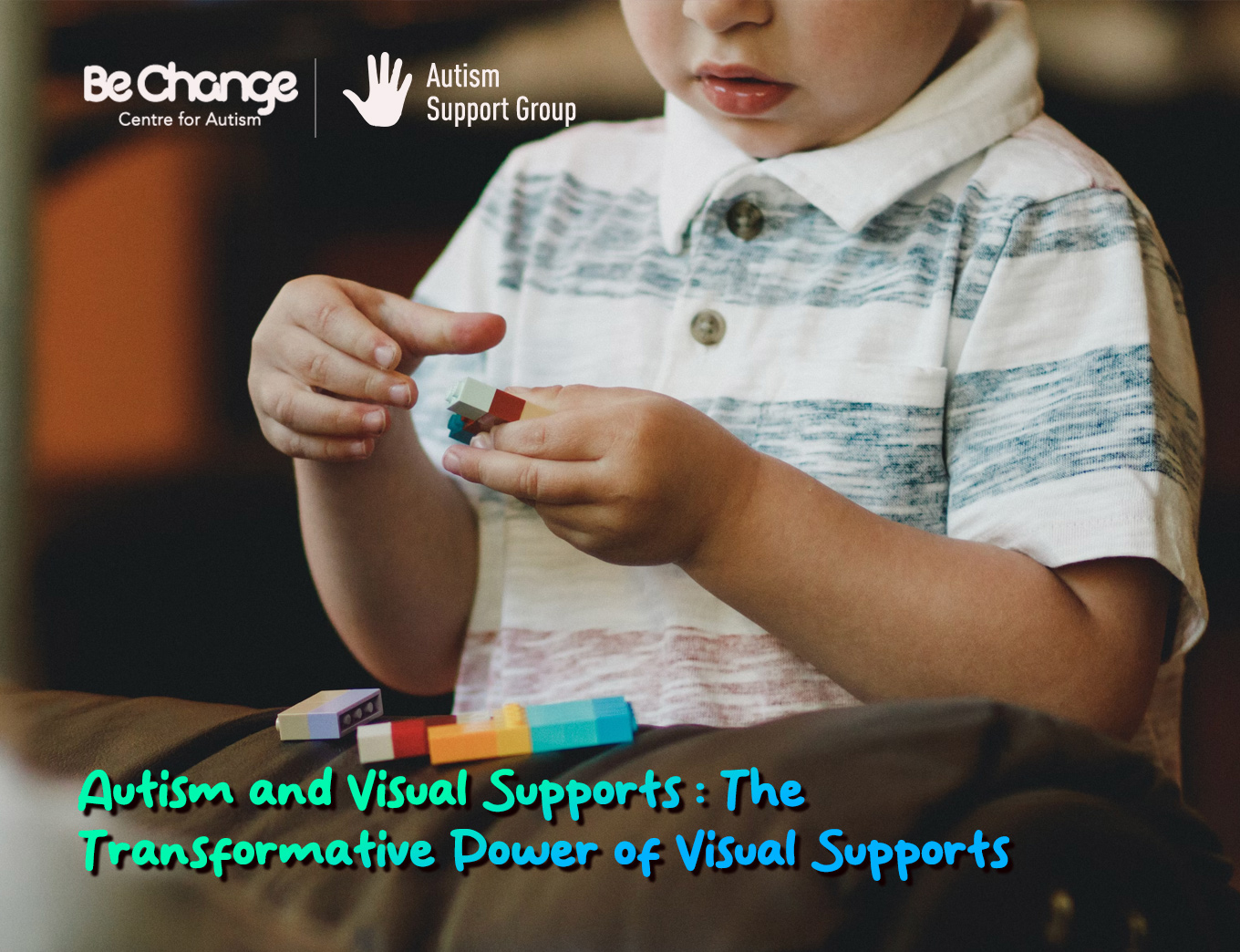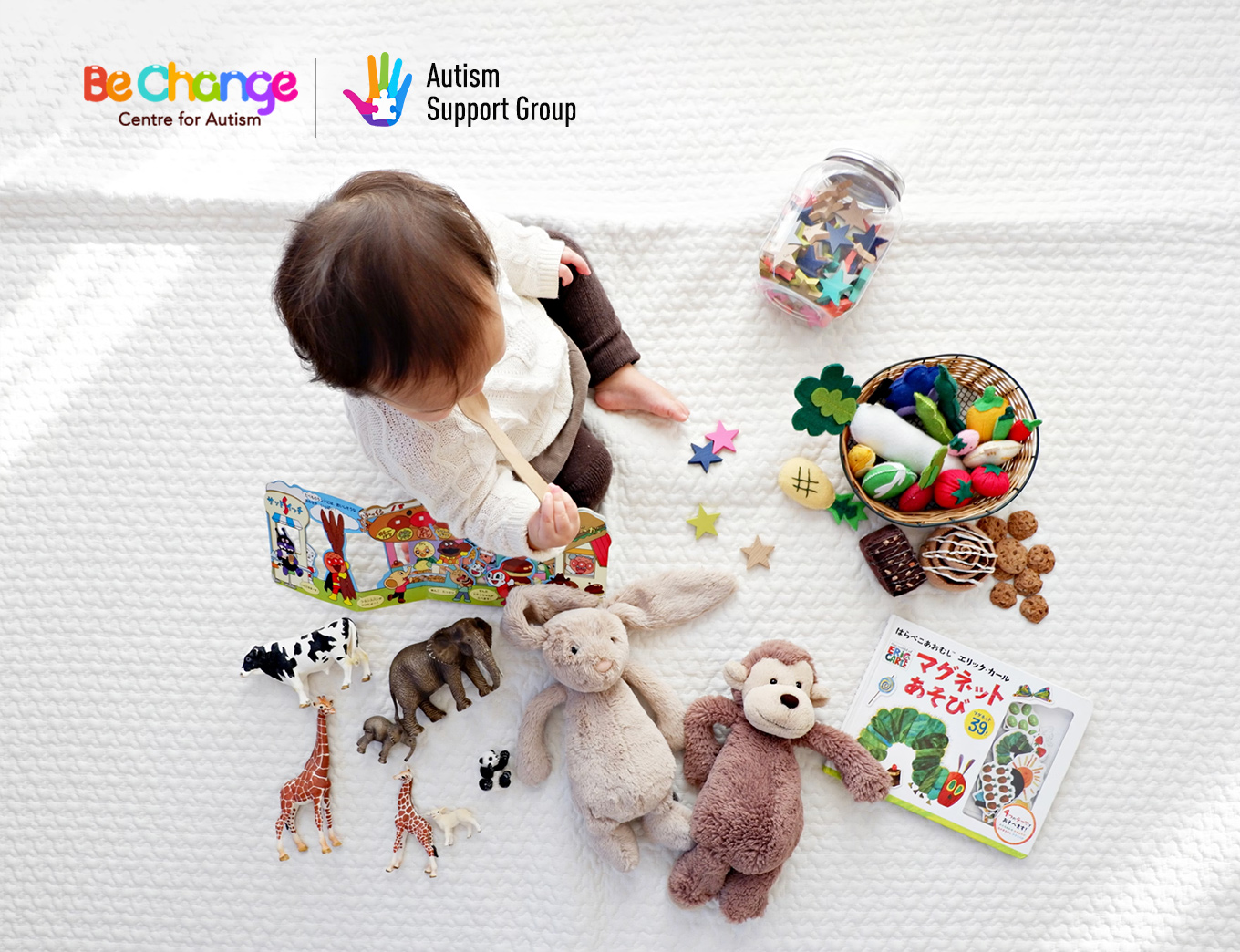Visual Supports and Aids for Autism
Visual supports and aids play a crucial role in helping children on the autism spectrum navigate daily life. These tools, which use images, objects, or visual cues, assist in understanding instructions, routines, and expectations. For many parents of autistic children, the importance of visual support is well-known. But to maximize their effectiveness, these supports should be integrated into a comprehensive, evidence-based intervention like Applied Behavior Analysis (ABA) therapy.
ABA therapy is widely recognized for its effectiveness in supporting children with autism. It focuses on understanding the function of behaviors and using positive reinforcement to teach new skills and promote desirable behaviors. When combined with visual support, ABA therapy can significantly enhance the learning process for children on the spectrum.

The Role of Visual Support in Autism
Visual support refers to tools that convey information through visual means. Examples include picture schedules, choice boards, social stories, and visual timers. These supports are particularly effective for children with autism because many of them are strong visual learners. Research shows that children with autism often process visual information more effectively than auditory information. This makes visual aids a powerful tool in helping them comprehend and respond to their environment.
One of the key benefits of visual support is its ability to make abstract concepts more concrete. For example, a visual schedule can break down a child’s day into manageable steps, making it easier for them to understand and follow routines. Similarly, social stories can help children navigate social situations by providing clear, visual examples of expected behaviors.
Enhancing Communication and Understanding with Visual Supports
Communication can be a significant challenge for children with autism. Many struggle with auditory processing or abstract language, making it difficult for them to understand verbal instructions. Visual support offers a solution by providing a concrete, visual representation of information.
For example, a picture schedule can help a child understand the sequence of activities in their day, reducing confusion and anxiety. A choice board can allow a non-verbal child to communicate their preferences by pointing to pictures. These tools can empower children to express themselves more effectively and understand the world around them.
In addition to improving communication, visual supports can also enhance a child’s understanding of social cues. Social stories, for instance, can illustrate appropriate responses to different social situations, helping children with autism develop better social skills. By breaking down complex social interactions into simple, visual steps, these supports make it easier for children to learn and practice social behaviors.
Promoting Independence and Self-Management
One of the goals of ABA therapy is to help children with autism become more independent. Visual support can play a significant role in achieving this goal by guiding children through their daily routines and activities.
For instance, a visual task list can help a child complete a series of tasks without needing constant verbal prompting from an adult. Over time, as the child becomes more familiar with the visual support, they can begin to take ownership of their learning and behavior. This increased independence can be empowering for the child and can also reduce the burden on parents and caregivers.
Visual supports can also assist in self-management. For example, a visual timer can help a child understand how much time they have left to complete a task, reducing anxiety and helping them stay on track. By providing clear, visual cues, these supports can help children with autism manage their time and behavior more effectively.
Reducing Anxiety and Behavior Challenges
Children with autism often experience high levels of anxiety, particularly when faced with changes or transitions. Visual support can help alleviate this anxiety by providing clear, predictable cues about what to expect.
For example, a visual countdown strip can help a child prepare for an upcoming transition, such as moving from one activity to another. By providing a visual representation of time, this support tool can make the transition less stressful and help the child maintain more regulated behavior.
Visual aids can also help reduce behavior challenges by clarifying expectations. For example, a visual rule chart can remind a child of the rules they need to follow, reducing the likelihood of challenging behaviors. By providing clear, visual guidance, these supports can help children with autism feel more secure and in control.
Check out our new branch : https://maps.app.goo.gl/SNDxav7fybanc9Qe6

Incorporating Visual Supports at Home and School
While visual support is highly effective, implementing it can sometimes be challenging. Parents and educators may find it difficult to create and utilize visual aids, especially if they are new to the concept. However, with the right approach, visual supports can be successfully integrated into both home and school environments.
Starting Simple
It’s important to start simple when introducing visual support. Begin with one or two aids, such as a visual schedule for morning routines or a choice board for snack options. As the child becomes accustomed to using these supports, gradually introduce more complex aids. The key is to keep the visual supports straightforward and easy to understand, especially in the beginning.
For example, a simple picture schedule might include images of waking up, brushing teeth, eating breakfast, and getting dressed. As the child becomes more familiar with the schedule, you can add more activities or introduce a more detailed schedule. The goal is to gradually increase the complexity of the visual supports as the child’s understanding grows.
Involving the Child
Involving the child in creating and customizing visual supports can increase their engagement and understanding. Allow the child to choose the images or symbols they find most appealing and meaningful. This sense of ownership can motivate them to use the visual supports more effectively.
For example, if a child loves animals, you might use pictures of animals to represent different activities on a visual schedule. This personal touch can make the visual support more engaging and meaningful for the child.
Consistency Across Environments
Consistency is key to the success of visual support. It’s important to use these aids consistently across different environments, such as home, school, and therapy sessions. This consistency helps reinforce the effectiveness of the visual supports and helps the child generalize the skills they learn.
For example, if a child uses a visual schedule at home, the same or a similar schedule should be used at school. This consistency helps the child understand that the same rules and routines apply in different settings, which can reduce confusion and anxiety.
Seeking Professional Support
If you’re unsure how to implement visual support effectively, seeking professional support can be invaluable. Professionals, such as ABA therapists, can provide guidance on creating and using visual supports that are tailored to your child’s unique needs and learning style.
For example, an ABA therapist might conduct an assessment to determine the most effective visual supports for your child. They can also provide ongoing support, helping you adjust the visual supports as your child’s needs change.
Contact us today : https://bechange.in/contacts/

Conclusion: The Transformative Power of Visual Supports
Visual supports and aids are powerful tools for helping children with autism navigate daily life. When integrated into a comprehensive intervention approach like ABA therapy, these supports can enhance communication, promote independence, reduce anxiety, and improve social skills. However, the key to success lies in using visual supports consistently and tailoring them to the child’s unique needs.
Whether you’re a parent, educator, or therapist, understanding the role of visual support can make a significant difference in the lives of children with autism. By starting simple, involving the child, maintaining consistency, and seeking professional support when needed, you can harness the full potential of visual aids.
If you’ve had experience with visual supports or have any questions, feel free to leave a comment below. Your insights and experiences could help others on a similar journey.
Remember that every child develops at their own pace, and some variability is normal. However, if you have concerns about your child’s development, early intervention from BeChange Center for Autism, Bangalore can be instrumental in providing the necessary support. Open communication with your child’s ABA therapist is the first step in the process of understanding and addressing developmental concerns. There are many resources available to support parents of children with ASD. With the right support, your child can thrive and reach their full potential.
Join Autism Support Facebook Group : https://www.facebook.com/groups/SupportAutism
